Polyculture is a fun and exciting way to grow various crops in one area without the need for harsh chemicals or back-breaking labor.
It’s a practical farming technique that is well-known for producing diverse yields and sustainable ecosystems.
However, if you’re still wondering whether polyculture is worth the effort, you’re in for a treat.
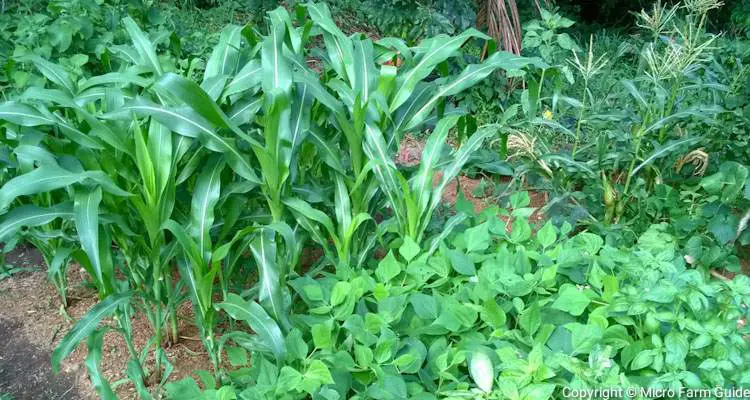
Because in this article, we’re going to explore 9 incredible benefits of polyculture farming that will change the way you see agriculture.
Or at the very least, show you the fantastic benefits you can get from:
1. Diverse Crop Growth
In polyculture farming, you grow various types of plant within the same area.
By doing this, some plants provide shade, while others attract helpful insects or even repel unwanted pests.
This is possible since different plants have different nutrients, water, and light needs.
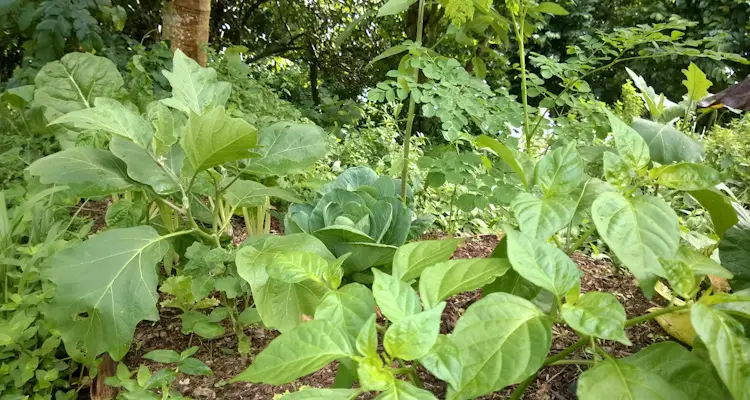
These preferences allow plants to grow closer together, making better use of space and time, which results in more diverse yields and:
2. Enhanced Biodiversity
Polyculture farming creates a mini-ecosystem that becomes more complex and balanced as the system matures.
For example, by having a various species of plants, your garden will also attract a variety of birds, bees, and other wildlife to your farm.
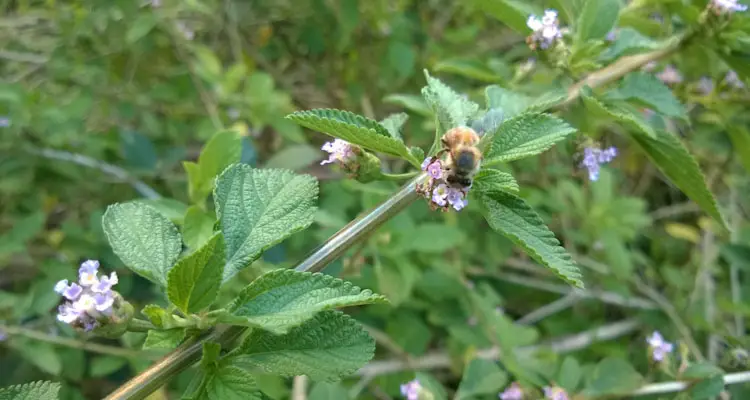
It’s literally a case of “build it, and they will come.” But most importantly, they will stay as long as their new habitat is not disturbed too much.
With all this activity going on within the ecosystem, it’s not surprising that this diversity also contributes to:
3. Natural Pest Control
Just like we have favorite foods, so do insects and other creatures. And in polyculture, we make use of these preferences.
In fact, some insects outright avoid certain plants due to their aroma, color, or even the type of leaves. So, growing various crops makes it difficult for pests to hone in on specific plants.
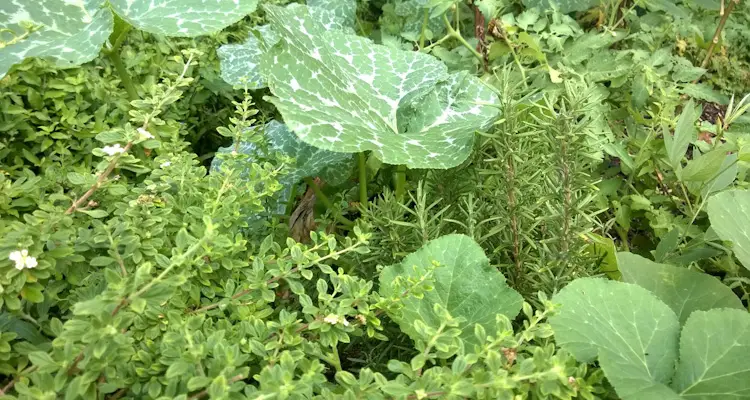
On the flip side, some birds, insects, and other creatures, help to keep the population of pests under control. These usually visit plants that are most likely to house their prey.
This diversity also affects life below the soil’s surface. It provides suitable conditions for various creatures and microorganism. These in turn help to keep soil borne pests and diseases in check, resulting in:
4. Improved Soil Health
Healthy soil is the foundation of a thriving farm, serving as a medium where plants can exchange nutrients with microorganisms.
In fact, some plant roots can grow deep within the soil and carry nutrients to their leaves, which provide protection from the elements, and nutrients when they decompose.
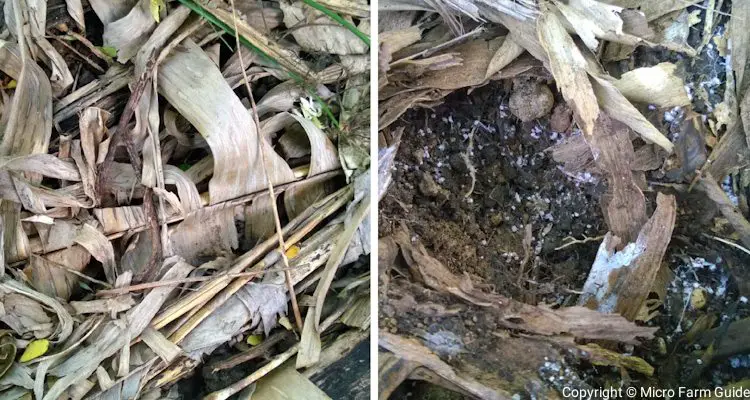
The actions of the various root systems, soil creatures, leaves, and canopies all work together to improve the soil structure.
This makes the soil healthier and also improves drainage and moisture retention, both of which contribute to:
5. Water Conservation
Polyculture uses intense planting, creating a dense canopy, abundant organic material, and an extensive network of roots.
All these work together to help protect the soil from evaporation and improve the overall water retention ability of the soil.
For example, the dense canopy of the interplanted crops also helps lessen the impact of water on the surface, allowing it to seep into the soil.

Below the surface, the diverse root systems help to improve the soil’s structure and work with fungal networks to access to water far away from the actual plant.
This unique approach to interplanting allows polyculture systems to make the best use of water, which also makes them more:
6. Resilient To Climate Change
Climate change can be tough on crops, but polyculture helps to minimize some of these effects.
Of course, this depends on the chosen system and selecting plants that are ideally suited to the area.
However, even in less-than-ideal conditions, polyculture systems can create micro-climates that act as shields, protecting more exotic plants.
Some people have even used polyculture systems to restore depleted soils, rejuvenate forests, and even transform entire wastelands.
These fantastic results were due in part to polyculture but were enhanced when combined with other practices from:
7. Sustainable Farming
Unlike Natural Farming, Polyculture does not explicitly prohibit the use of chemicals but reduces the need for these synthetics.
This is in keeping with sustainable farming practices, which tend to enhance the speed at which polyculture systems develop.
In essence, polyculture encourages us to be mindful of nature. And allows us to work in harmony with it, while meeting our needs now and in the future.
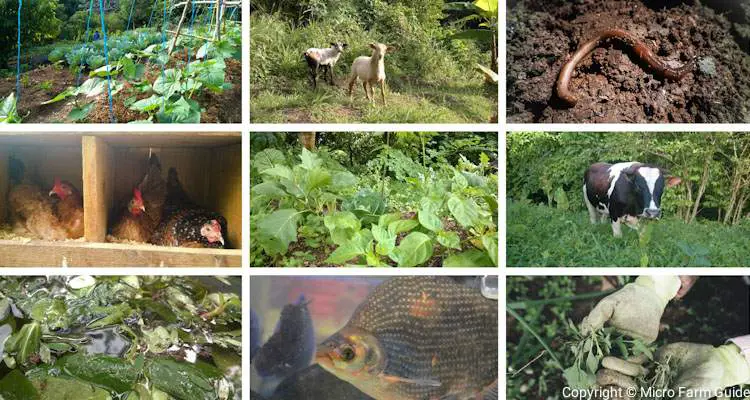
Not only is this safer for us and excellent for the environment, but it also carries significant:
8. Economic Benefits
I’m sure you believe that more crops equals more income. But this isn’t always the case, due to the overall value of the individual crops.
However, by growing a wide assortment of plants, you can safeguard your farm against individual crop failures, while providing a more steady income throughout the year.
For example, if one of your main crops fails, you’ll still have several others you can use or sell. And if they all succeed, you can expect a bountiful harvest with profits to match.
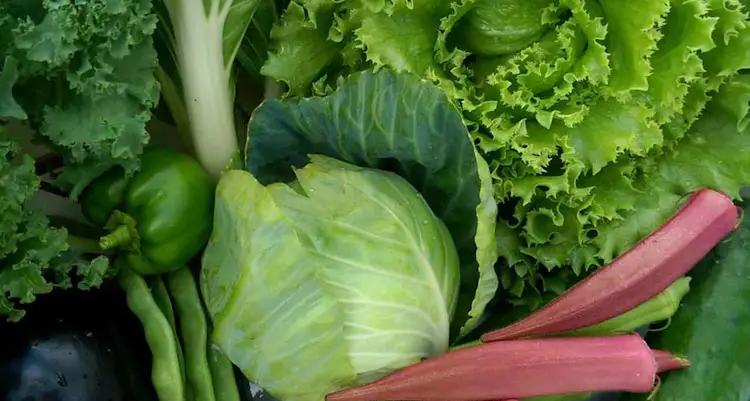
This does more than simply ensure that you have an income; it also provides a certain level of:
9. Local Food Security
What if you could ensure a steady supply of delicious, fresh food, no matter what?
Well, you can, but it can get a bit tricky. For instance, I did not say a specific crop but “fresh food.”
When you grow different crops, at least some will thrive, even if others face challenges.
If all goes well, the surviving plants will produce enough to cushion your losses, allowing you to at least survive until the next harvest.
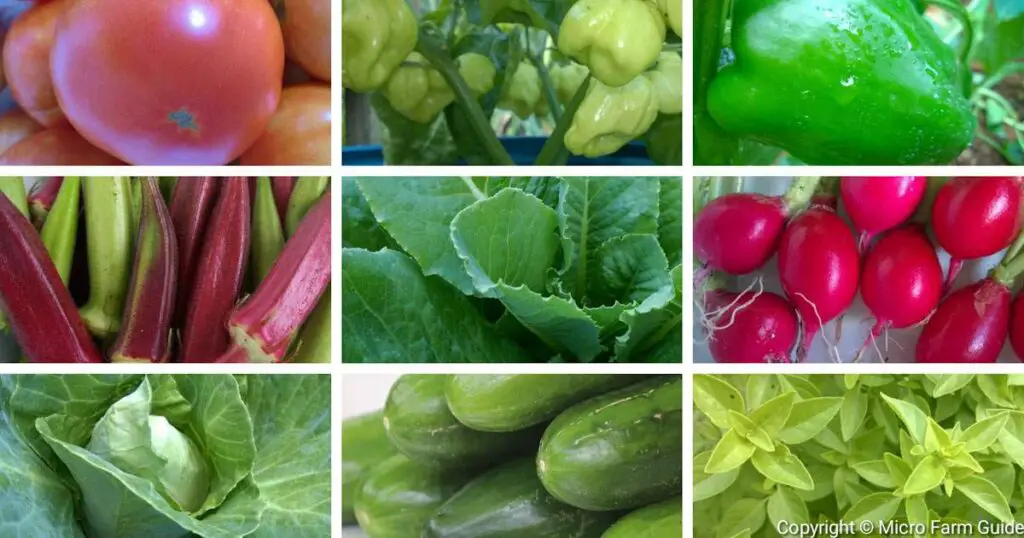
Of course, this goes hand in hand with the economic benefits. But more importantly, you’ll always have something delicious to eat!
The Difference Between Polyculture And Permaculture
Now that we know how fantastic polyculture is, let’s clear up a little confusion.
The thing is, many people use the terms Polyculture and Permaculture interchangeably. However, they are not one and the same.
Polyculture is simply growing different species of plants or animals together. Its main aim is to create diversity in your garden.
Whereas Permaculture aims to design and create a sustainable society where everything works together, including plants, animals, and humans.
So, in practice, polyculture plays a crucial role in permaculture design but is not concerned with the societal aspects.
Final Thoughts
In the world of farming, polyculture is a win-win for everyone involved.
From natural pest control to enhanced biodiversity, polyculture farming can help to improve our environment and protect our local food supplies.
By adopting polyculture and other sustainable farming practices, we lay the foundation for more resilient communities and possibly a better future for our planet.
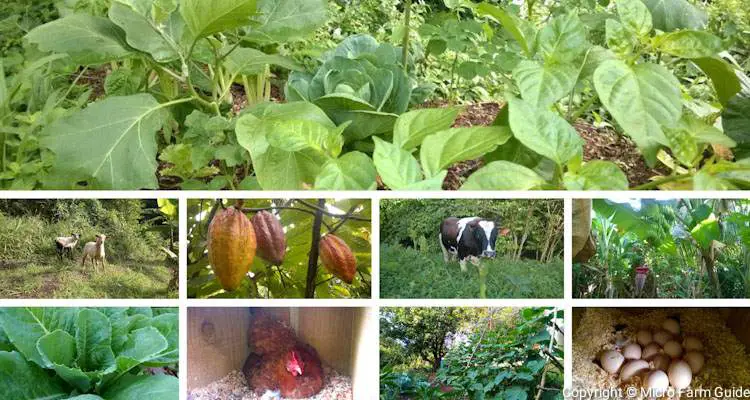
Related Questions
1. What are the benefits of polyculture?
Polyculture helps crops grow better, keeps pests away, and makes soil healthier. Plus, it saves water and supports biodiversity both above and below the soil.
2. Why is polyculture better than Monoculture?
Polyculture is better than Monoculture because it encourages different plants to work together to improve the soil and fight pests naturally. Whereas, Monoculture focuses on a single crop and has to rely on several chemicals to avoid significant losses.
3. What are the advantages and disadvantages of polyculture?
Polyculture is excellent because it enhances production, makes better use of natural resources, and improves the environment’s overall health. However, it needs more effort and knowledge compared to single-crop farming,
References
National Library Of Medicine. Switching from Monoculture To Polyculture Farming Benefits… ncbi.nlm.nih.gov. Accesses September 2023
PennState University. Using Polycultures to Improve Productivity and Pest Control. extension.psu.edu. Accessed September 2023
Berkeley Rausser. Crop diversity enriches soil fungi in depleted soil. nature.berkeley.edu. Accessed September 2023

